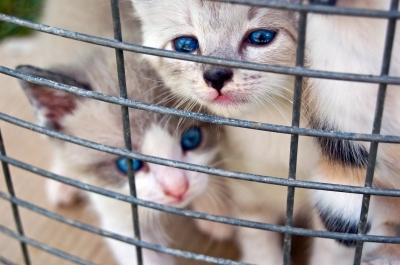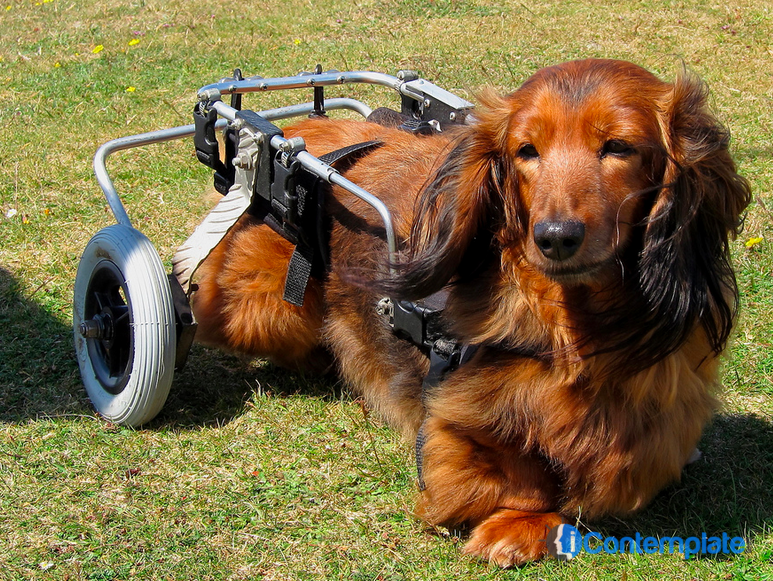Animal testing in the UK is highly controversial, with scientists and animal rights supporters at opposite ends of the spectrum in terms of what they believe to be more important: developing drugs that will benefit humans, or protecting animals from ‘unnecessary’ suffering.
Finding animal testing facts amongst plenty of rhetoric about scientific advancement or inhumane treatment is rather difficult because it is such an emotive topic. But here are some animal testing facts that you may find interesting:
- All new drugs that are intended to be used on humans must, by law, be tested on at least two different species of mammal. This is because different mammals respond to drugs in different ways: for example, penicillin could cure disease in one type of mammal but kill another. Important drugs could be ruled out as dangerous or passed as safe incorrectly if tested on only one type of mammal.
- The drugs must be tested on at least one large non-rodent. Most drugs are tested on rodents; other creatures used for animal testing include fish, reptiles and amphibians; large and small mammals, dogs, cats and primates (not Great Apes).
- Animal testing must only be used where there is no viable alternative. Fortunately, as our understanding of how drugs act on human DNA and cells, more methods of testing drugs for safety without relying on animal testing are being developed.
- Animal testing is far less common now than it has been in previous decades.
- The RSPCA has a team of researchers who work to closely monitor the regulation, use and care of animals used for testing. They help to ensure that any animal testing is justified and necessary and look to find alternative means of testing to reduce or avoid the need for testing on animals to take place.
These facts can only tell us so much, though, because they do not describe the effects of the drugs on the animals used. There are no cold facts to describe in a detached way what animals experience in captivity and during experiments.
On the other hand, there are plenty of humans alive and well today because of drugs that were originally tested on animals.
The way forward is to develop greater understanding at cellular and holistic levels about how diseases and disorders progress and how drugs act upon them. Animals are biologically so different from humans that it is impossible to be 100% certain about how drugs will work on humans after the animal testing phase. And although the safeguard of testing on two different species will prevent some drugs being discarded or accepted incorrectly there is still room for error.
With the horrors of drugs like thalidomide still fresh in our memories more research is needed into how to test drugs without relying on animal testing. Until then, we rely on the RSPCA to monitor and regulate this field to reduce as much as possible the suffering of animals being tested upon and protect animal rights in the UK.
Featured images:

License: Royalty Free or iStock
source: http://www.freedigitalphotos.net/
This is a guest post by Claire Chat a new Londoner, travel passionate and animal lover. She blogs about Pets and Travelling in Europe. If you want Claire to write you specific content, you can find email her here or contact her on Twitter (Claire_Chat).





